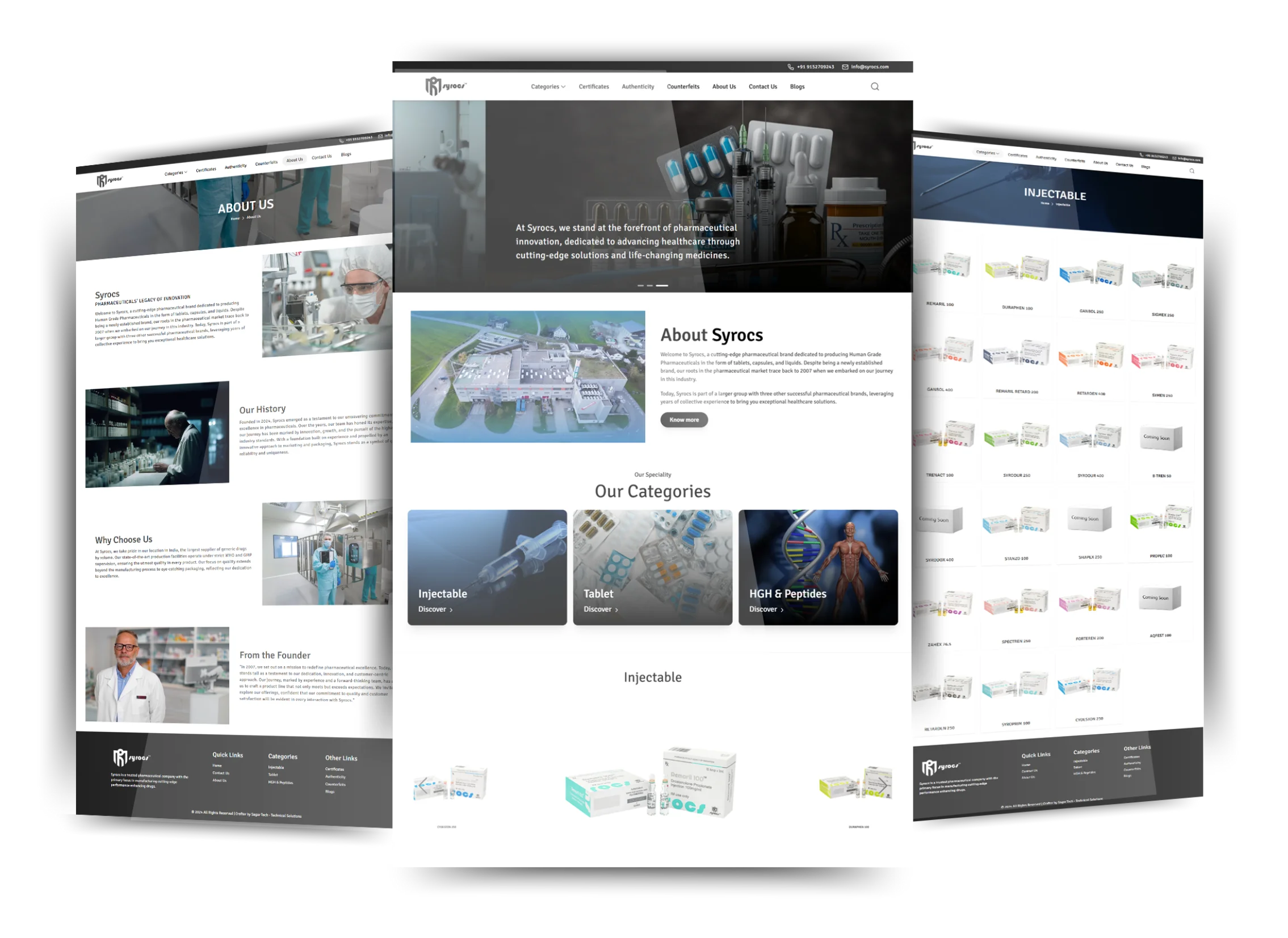
Fast Rendering with Virtual DOM
React uses a Virtual DOM to optimize rendering. Instead of updating the entire DOM, it updates only the changed components, leading to faster performance and a smoother user experience.

Component-Based Architecture
React follows a component-driven approach, allowing developers to create reusable UI components. This makes the development process modular, scalable, and easier to maintain.

SEO-Friendly
React’s ability to render on the server-side with Next.js helps improve SEO rankings by making pages more indexable by search engines.

One-Way Data Binding
React follows a unidirectional data flow, ensuring better control over data and reducing unexpected errors while managing UI state.

Rich Ecosystem & Community Support
Being an open-source library backed by Facebook (now Meta), React has a vast ecosystem with React Router, Redux, and Material-UI for faster development.

Easy Integration with Other Technologies
React can be easily integrated with backend frameworks like Node.js, Laravel, or Django, making it a great choice for full-stack development.

Cross-Platform Development with React Native
React’s core principles extend to React Native, enabling developers to build mobile applications using the same JavaScript and React knowledge.

Faster Debugging & Development with Developer Tools
React Developer Tools allow easy debugging and tracking of component states, improving productivity and debugging efficiency.

Reusable Components & Code Reusability
React's reusable components ensure that once a component is created, it can be used across multiple projects, reducing development time.

Hooks for Better State Management
React’s useState, useEffect, and custom hooks allow developers to handle state and lifecycle methods efficiently in functional components.

Server-Side Rendering with Next.js
For better performance and SEO, React can be used with Next.js to enable server-side rendering (SSR) and static site generation (SSG).



